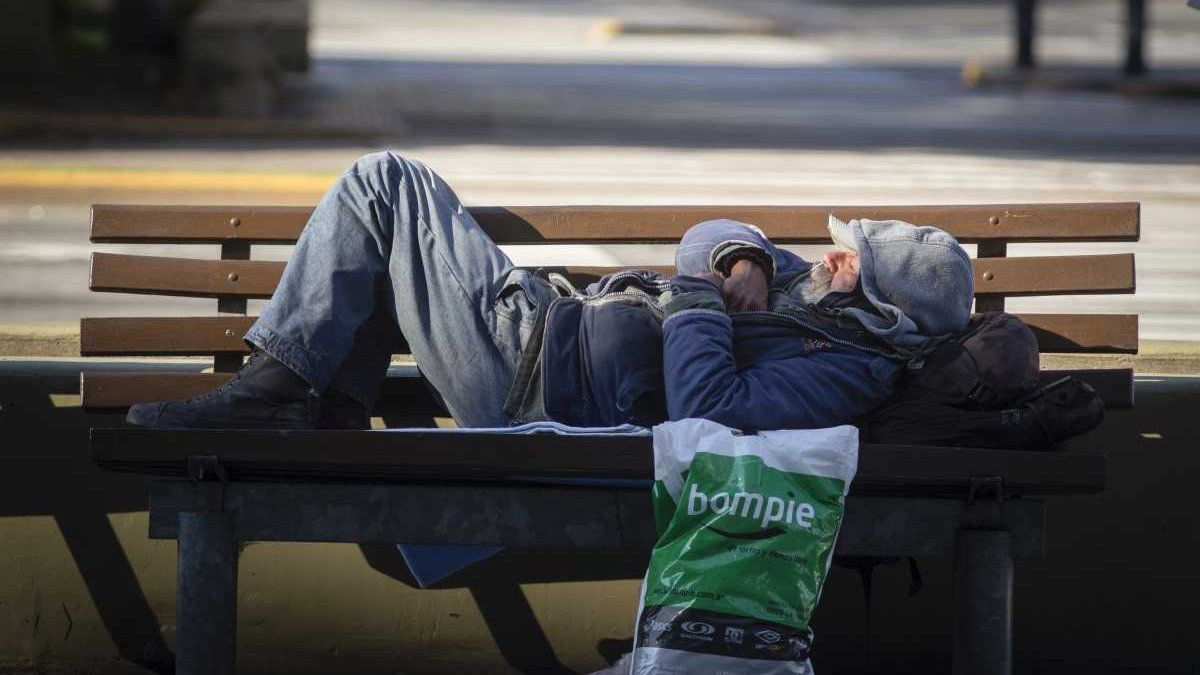The data from the last quarter of 2021 showed that multidimensional poverty per person covered 8% of the inhabitants of the North neighborhoods, 19% of those in the Central zone and 37.2% of those in the South zone. Regarding the classification by households, the differences are similar, with 7.4% in the North zone, 16.8% in the Center zone and 32.1% in the South zone.
The measurement could not be carried out in 2020 due to the difficulties of carrying out field surveys at the start of the coronavirus pandemic, so the comparison can only be made with the indices for the period October-December 2019.
From that comparison, there is a worsening of the socioeconomic conditions in the district, if one takes into account that two years ago multidimensional poverty was 15.3% in households and 20.3% in the population.
But this deterioration did not occur in a homogeneous way, but on the contrary, the situation worsened much more in the neighborhoods of the South zone, according to the Dgeyc report.
Poverty indigence Covid 12-04-2021
Mariano Fuchila
In the two years that have elapsed, the poor population in the North zone increased 2.4 percentage points (from 5.6% to 8%) and in the South zone it grew 4.3 points (from 32.9% to 37.2%). ), while in the neighborhoods of the Central zone it fell 6 tenths of a point (from 19.6% to 19%).
In the classification by households, there was an increase of 1.7 points in the neighborhoods of the North (from 5.7% to 7.4%), of 1.2 points in those of the Center (from 15.6% to 16.8 %) and 5.8 points in the South (from 26.3% to 32.1%).
According to the Dgeyc of CABA, “the Multidimensional Poverty Index represents a measurement of poverty with a comprehensive approach”, and those who lack at least two of these five variables are considered “multidimensionally poor”: food; health and care; housing and services; household equipment and social deprivation and education.
The index differs from the one prepared by the National Institute of Statistics and Censuses (INDEC) and from the one also periodically released by the Dgeyc of Buenos Aires, which basically takes monetary income as a reference.
poverty in argentina

NA
In this regard, the official body disaggregated the indicators and thus verified that of the 21.6% of multidimensionally poor, only 11.9% would be considered “income poor”, while 17.5% of households would be in that condition. 7.4%.
The development of the Multidimensional Poverty Index began to be designed in 2018, through a technical dialogue with the universities of General Sarmiento and Bristol (Great Britain).
“As a product of this exchange, and after carrying out a pilot test, a system of indicators emerged through which the measurement of multidimensional poverty is made possible on an ongoing basis,” said the City’s statistical agency.
Source: Ambito
David William is a talented author who has made a name for himself in the world of writing. He is a professional author who writes on a wide range of topics, from general interest to opinion news. David is currently working as a writer at 24 hours worlds where he brings his unique perspective and in-depth research to his articles, making them both informative and engaging.




